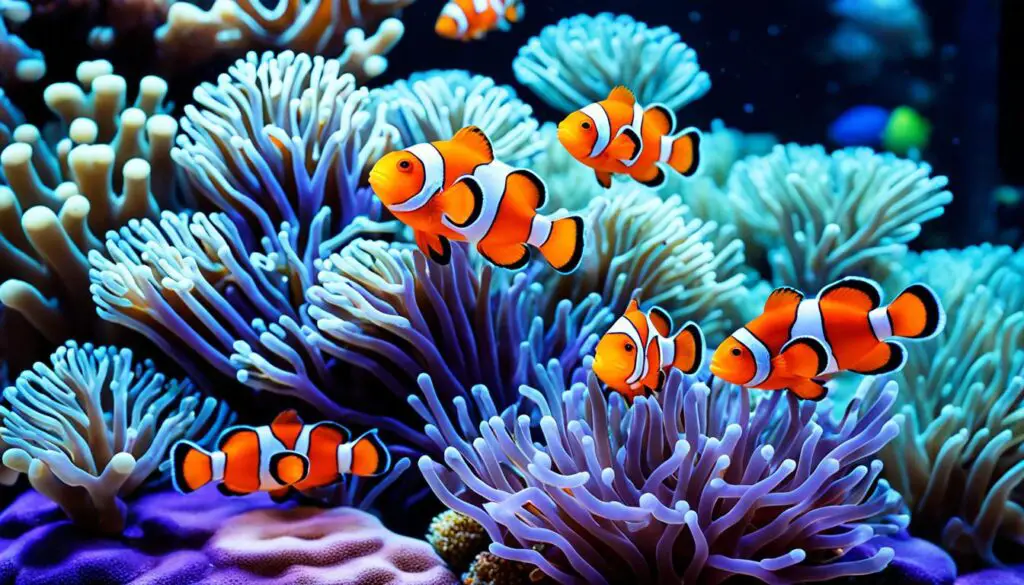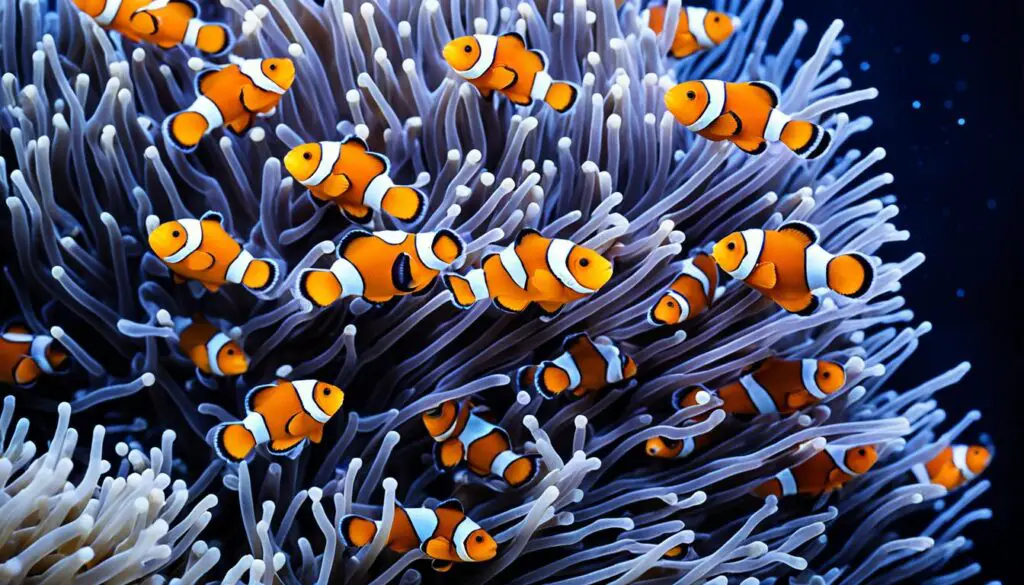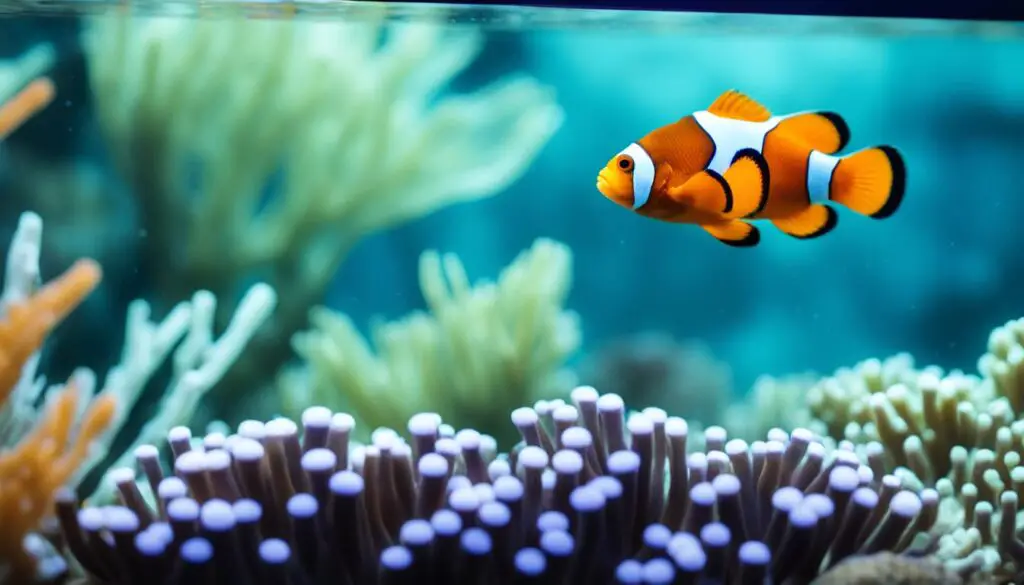Do Crabs Regrow Limbs

Introduction
Do Crabs Regrow Limbs: The ability of certain animals to regenerate lost body parts has long fascinated scientists and nature enthusiasts alike? Among the many remarkable examples of regeneration in the animal kingdom, the phenomenon of crabs regrowing limbs stands out as a captivating and biologically significant process.
Crabs live, a diverse and ancient group of arthropods, have been the subject of scientific inquiry for centuries. While they come in various shapes and sizes, crabs share a common trait: the capacity to regrow lost limbs. This ability is particularly crucial for their survival in the harsh and competitive underwater ecosystems they inhabit.
The process of crab limb regeneration, like other forms of animal regeneration, raises intriguing questions about the mechanisms underlying tissue regrowth and the potential applications for human medicine. By studying this natural phenomenon, scientists have gained valuable insights into tissue repair, cell differentiation, and the role of genetic factors in the regeneration process.
Exploration delves into the world of crab limb regeneration, shedding light on the mechanisms, significance, and potential applications of this remarkable natural phenomenon. We will uncover the science behind how crabs regrow their limbs, the ecological advantages it offer, and the broader implications it holds for our understanding of regenerative biology.

Can crabs regrow their limbs?
Crabs that have lost legs can regenerate them over time. The leg breaks off at a special joint. Before molting, a new limb bud, with all the remaining leg segments, grows out of the joint. After molting, the new leg is smaller than the others.
Crabs possess a remarkable ability to regrow their lost limbs. This phenomenon, known as limb regeneration, is a critical aspect of their survival strategy. When a crab loses a limb due to injury or predation, it can gradually regrow a new one through a complex biological process.
The regrowth process typically begins with the formation of a specialized structure called a blastema at the site of the lost limb. The blastema consists of undifferentiated cells that have the potential to develop into various tissue types. These cells then go through a series of highly orchestrated steps, including cell division and differentiation, to recreate the lost limb.
Crab limb regeneration is a fascinating subject of study in biology, shedding light on the intricate mechanisms governing tissue repair, cell signaling, and genetic control. This natural ability has far-reaching implications beyond the world of crabs, offering insights into the broader field of regenerative biology and its potential applications in regenerative medicine.
Crab limb regeneration not only showcases the resilience of these creatures but also underscores the remarkable adaptability and ingenuity of life in the animal kingdom.
Why do crabs regenerate?
Other animals, like crabs and salamanders, don’t scar in the same way. Instead, they recruit stem cells to the injured area. Stem cells are special cells that don’t have a defined job yet. They can turn into anything: bone, muscle, nerves, or skin.
Crabs regenerate their lost limbs primarily as a survival strategy. In the competitive and often harsh marine environments they inhabit, losing a limb is a common occurrence due to predation, accidents, or battles with other crabs. Regeneration provides them with a vital means of recovery and adaptation.
The regrown limb not only allows the crab to regain mobility but also maintains its overall functionality. This is essential for tasks such as foraging for food, escaping predators, and reproducing, all of which are critical for an individual crab’s survival and reproductive success.
Crab limb regeneration is a resource-efficient process. Instead of investing energy in maintaining a damaged or nonfunctional limb, crabs can redirect their resources toward regrowing a new and fully functional limb. This efficiency is advantageous in the competition for limited resources and in avoiding further predation.
From an evolutionary perspective, this regenerative ability has likely been honed over millions of years, providing crabs with a significant advantage in their ecological niche. It exemplifies nature’s ingenious solutions for overcoming challenges, and studying this phenomenon offers insights into the intricate mechanisms of regeneration, which have far-reaching implications for both biology and potential applications in regenerative medicine.
Why do crabs lose their arms?
On occasion, hermit crabs lose their legs (including their claws), but they often grow back during subsequent molts—the process of shedding its exoskeleton as it grows larger. Loss of legs may be a consequence of stress caused by various factors, including tank conditions, fighting, and mites.
Crabs may lose their arms for a variety of reasons, with predation, accidents, and territorial disputes being the most common causes. These limb losses are not only a consequence of their dynamic and often hostile marine environments but also a critical aspect of their survival strategies.
Predation poses a significant threat to crabs. When attacked by predators like birds, fish, or larger crustaceans, crabs sometimes resort to autotomy, a process in which they intentionally shed a limb to escape the grasp of their assailant. This act of self-amputation sacrifices a limb but increases the chances of the crab’s overall survival. The lost limb may continue to twitch and distract the predator, allowing the crab to make a hasty retreat.
Accidental injuries can also result in limb loss. Crabs are often engaged in activities like burrowing, climbing, or navigating rocky terrain, where limbs can become caught or damaged. When a limb is severely injured, the crab may shed it to prevent further injury or infection, much like how humans might amputate a damaged finger or limb.
Territorial disputes and social interactions among crabs can lead to aggressive encounters, where limbs may be damaged or lost. These confrontations are often over mates, food, or territory and can result in the loss of limbs, particularly among male crabs that compete for dominance.
Crabs lose their arms as a survival response to various threats and challenges in their dynamic marine ecosystems, using limb loss as a strategic adaptation to enhance their chances of continued existence and reproduction.
Can crabs survive without limbs?
Crabs commonly have the ability to regenerate lost limbs after a period of time, and thus declawing is viewed as a potentially more sustainable method of fishing.
Crabs have a remarkable ability to survive without limbs, but the extent of their survival and adaptation largely depends on several factors, including the crab’s age, size, and the specific limb lost.
Crabs are highly resilient creatures, and they can endure the loss of one or more limbs and continue to function relatively well. For example, they can still move, albeit less efficiently, using their remaining limbs. However, the loss of a limb can affect their balance, mobility, and ability to perform certain tasks, such as capturing prey or defending themselves from predators.
The ability to survive without limbs is more pronounced in younger crabs, as they are often more agile and adaptable. Older crabs may experience greater challenges in coping with limb loss, especially if they have multiple limbs missing.
The first two pairs of limbs in crabs, which are specialized for feeding and have sensory functions, are more crucial for their survival than the posterior pairs. Losing a feeding or sensory limb can significantly impact their ability to find and capture food.
Crabs can indeed survive without limbs, displaying remarkable adaptability. Their survival prospects depend on factors like age, the specific limb lost, and the crab’s ability to compensate for the loss through behavioral and physiological adjustments.
Why do crab legs grow back?
With other crabs, the whole body is harvested and there is no second, or third, or fourth coming. Stone Crabs evolved the ability to regenerate their limbs over and over again so that they could sacrifice an extremity or two to escape from enemies.
Crab legs have the ability to grow back through a process known as limb regeneration. This extraordinary ability is essential for the survival and overall well-being of crabs, and it is driven by several key factors.
First and foremost, crabs are exposed to a variety of threats in their marine environments, including predation and injuries. Losing a leg can significantly hinder their mobility and survival, making limb regeneration a crucial adaptation. By regrowing legs, crabs can restore their ability to move, hunt for food, and escape from predators, thereby increasing their chances of survival.
Limb regeneration also benefits crabs in terms of resource allocation. Rather than expending energy to maintain a damaged or nonfunctional limb, they can redirect their metabolic resources toward regrowing a new one. This process is more efficient in the long term, as it ensures that the newly grown leg is fully functional and adapted to its current circumstances.
From an evolutionary perspective, the ability to regrow limbs provides crabs with a significant advantage in their competitive and often challenging marine ecosystems. Over millions of years, this regenerative capability has been honed to perfection, allowing crabs to adapt and thrive in their ecological niches.
Crab legs grow back as a result of an intricate natural process that is driven by the imperatives of survival, efficient resource management, and the relentless forces of evolution that have shaped these fascinating creatures.
How long does it take for a crab to regrow a lost limb?
The time it takes for a crab to regrow a lost limb varies depending on multiple factors, including the crab’s species, age, size, and environmental conditions. Generally, the process of limb regeneration in crabs is a gradual one that unfolds over several molting cycles.
When a crab loses a limb, it typically begins the process of regrowth during its next molt. Molting is the natural shedding of its exoskeleton, allowing the crab to grow and repair its body. During this stage, a specialized structure called a blastema forms at the site of the lost limb. The blastema contains undifferentiated cells that have the potential to develop into the various tissues required for the new limb.
The duration of the entire regrowth process varies, but it can take several molts and months, or even years, for the limb to be fully regenerated. Smaller, younger crabs often regenerate limbs more rapidly than larger, older individuals. Environmental factors such as temperature, food availability, and overall health can also influence the speed of regeneration.
In some cases, crabs may prioritize regrowing essential limbs, like those used for feeding or defending themselves, over others, and this can further impact the timing of the regeneration process.
The time it takes for a crab to regrow a lost limb is a complex and variable process, influenced by a combination of biological, environmental, and species-specific factors.
Are there any differences in limb regeneration among different crab species?
There are notable differences in limb regeneration among different crab species. The capacity for limb regeneration can vary significantly, with some species exhibiting more robust regrowth abilities than others. These differences are influenced by a combination of genetic factors, environmental conditions, and ecological niches.
- Regenerative Capacity: Some crab species have a remarkable ability to regenerate limbs rapidly and effectively. For example, the fiddler crab is known for its quick regeneration, with new limbs growing back in a few molting cycles. On the other hand, certain deep-sea crab species might have limited regenerative abilities due to the challenging conditions of their habitat.
- Environmental Factors: Environmental conditions play a significant role in limb regeneration. Crabs in stable and food-rich environments may invest more energy in regrowth, while those in harsh or competitive ecosystems may prioritize other survival strategies. Water temperature, food availability, and habitat characteristics can all influence regeneration.
- Ecological Niches: The specific ecological niche of a crab species can also impact limb regeneration. Species that rely heavily on their limbs for complex behaviors such as mating displays, hunting, or burrowing are more likely to have strong regenerative abilities.
- Genetic Variation: Genetic factors can result in differing regenerative capabilities among crab species. Some species may have evolved specific genetic adaptations that enhance their regrowth potential, while others have not.
Limb regeneration among crab species is a dynamic and species-specific phenomenon, reflecting the intricate interplay of genetic, environmental, and ecological factors. Studying these differences not only deepens our understanding of crab biology but also highlights the fascinating diversity of nature’s adaptive responses.
How does limb regeneration benefit crabs?
Limb regeneration is a remarkable ability observed in various crustaceans, including crabs, and it offers a multitude of benefits to these creatures. For crabs, a species often engaged in fierce territorial battles, limb regeneration serves as a crucial survival strategy. When a crab loses a limb during combat or due to an injury, it can initiate the process of regrowing the lost appendage. This remarkable adaptation allows crabs to recover quickly, maintain their mobility, and continue to forage for food.
Crabs rely heavily on their limbs for a range of functions, including locomotion, feeding, and defense. Limb regeneration ensures that these activities remain unhindered, enabling crabs to find food, evade predators, and protect themselves. This regenerative capacity aids in the overall health and longevity of crabs, as it helps them recover from injuries that might otherwise be debilitating.
Overall, limb regeneration is a valuable asset for crabs, enhancing their resilience and survival in their often competitive and challenging aquatic environments. This ability not only ensures the continuation of their species but also exemplifies the wonders of nature’s adaptability and resilience.

Conclusion
In the realm of natural wonders, the phenomenon of crab limb regeneration is a testament to the resilience and adaptability of life. As we conclude our exploration of this captivating topic, several key takeaways emerge.
First and foremost, the ability of crabs to regrow lost limbs is a testament to the remarkable plasticity of the animal kingdom. Through complex cellular processes and precise genetic mechanisms, these creatures can regenerate limbs with astonishing accuracy, allowing them to continue their lives after injury or predation.
This phenomenon also highlights the importance of understanding regeneration in the broader context of biology and medicine. While the study of crab limb regeneration may seem far removed from human healthcare, the principles uncovered in these processes have the potential to inform regenerative medicine, offering hope for tissue repair and limb regrowth in the future.
Our examination of crab limb regeneration underscores the interconnectedness of ecosystems. By enabling crabs to recover lost appendages, this natural ability contributes to their survival and ultimately affects the balance of marine science.
In closing, the study of crab limb regeneration continues to unveil the intricacies of the natural world. It reminds us that the boundaries of biological possibilities are ever-expanding, and the lessons learned from these remarkable creatures have the potential to make a profound impact on the way we understand and interact with the world around us.



